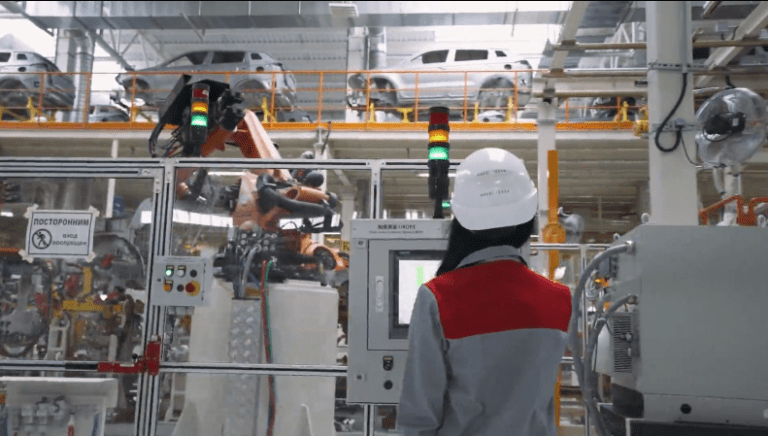- Five trends that are shaping post-pandemic future are infection prevention, remote commerce, improving resiliency, greater agility and macroeconomic impacts.
- Digital transformation will rapidly accelerate the adoption of emerging technologies like telemedicine.
- Autonomous vehicles will experience a long-term positive impact due to social distancing preferences but near-term are delayed due to disruption of development and pilots.
Bengaluru: Given the scale of the disruption to business from Covid-19, there will be no going back to the old “normal.”
Companies need to prepare for a post-pandemic reality that will look very different and take a systematic approach to doing so.
Five trends will define how the world beyond the crisis will be different – and provide a framework to use in assessing tech and industry impacts.
Innovation leaders should be moving now to position their companies for the “new normal.” Take advantage of the opportunity to engage on favorable terms with innovative companies now.
Michael Holman, Vice-President of Research at Lux Research, said, the five trends are infection prevention, remote commerce, improving resiliency, greater agility and macroeconomic impacts.
Systematic approach
According to Lux Research, each of these trends can have a positive or negative influence on an emerging technology.
“The methodology focuses on three primary parts -identifying the major trends shaping the future after the pandemic, assessing the impact on technology, and prioritising the actions that need to be taken based on trends and tech impacts,” he said.
“While things are changing too rapidly to have 100% certainty, this methodology helps executives take a systematic approach to rebalancing their portfolio,” he said.
He predicts that increased agility and resilience will drive long-term positive change for materials innovation.
Improving resiliency
“Materials informatics will also see a medium-term positive impact due to increased efficiency and agility in R&D. We expect a positive effect on plastic waste recycling and synthetic biology, as more people are gravitating to single-use plastics to stay safe, and synbio can allow more agile and flexible production,” Holman said.
Kevin See, Vice-President of Research at Lux research, said that digital transformation will rapidly accelerate the adoption of emerging technologies like telemedicine, due to a dramatic increase in remote commerce and the need for infection prevention.
Wearables will also see a positive near-term lift, he said, as they aid in infection prevention and reopening efforts.
“There will be an upward trend in robotics due to the need for infection prevention and improving resiliency. Covid-19 will push major manufacturing and logistics operations to assess the potential of robotics moving forward,” See said.
Moreover, he said that the agrifood and health ecosystems will see positive growth in omics, which are a powerful suite of technologies for fighting Covid-19.
“In food, ingredient informatics and plant-based proteins will benefit, as they allow for increased resilience and agility in the food value chain,” he said.
The future of the mobility industry is more varied, he said and added that autonomous vehicles will experience a long-term positive impact due to social distancing preferences but near-term are delayed due to disruption of development and pilots.
“Shared mobility is a mixed bag, as ride-hailing is severely negatively affected in the near term, while micromobility solutions provide an alternative that better suits social distancing measures. The long-term consequences for electric vehicles will be minimal, as adoption will continue to be driven by regulations that for now have not drastically changed,” he said.
Holman said that innovation leaders can identify the trajectory of technologies, by using this framework; they are either invested in or considering investing in, and the implications for their industry.
“Some technology outlooks will see persistent effects from Covid-19, while others will experience a more dynamic shock that changes over time,” he said.










